Planning Your Story’s Setting
The Importance of Your Story World
If you’ve finished Lesson 1 and discovered the goal, motivation and conflict for your story, you need to think about the setting. The setting plays an important role in the story since it anchors the reader in a time and place and provides a foundation.
Several items factor in here: time, place, climate, and even weather. Let’s take a quick look at each.
You must choose a time period for your story. Will it be a historical, contemporary or even futuristic? Here’s where you can have fun. Imagine the basic conflict you thought about in Lesson 1 and try placing it in different time periods. Would a change enhance the conflict or motivation? For instance, what if you placed the character who wanted to find her long lost mother you thought about for a contemporary novel in the middle of the Civil War instead? Maybe the setting itself would add conflict to your story. When considering time, don’t forget to think about the time of day. Could the scene you have in mind be more vivid if it happened at night?
Think also of the place where your story will take place. Is it in the United States? Is it a rural or urban setting? What buildings are present? Some settings such as deserts or wilderness areas are so hostile they become the antagonist in the story.
The climate and weather also play a role. A thunderstorm at the wrong time can add to your character’s obstacles to overcome. Plan around the seasons too. Would that chase scene be even worse on snowy roads?
Exercises: Answer these questions about your setting
- What details about the setting will your character notice that others might miss?
- How might the hero’s sidekick feel differently about this place?
- What problems already exist in this story world?
- What makes this place risky?
- What strong nouns and verbs can you list to show the setting and mood?
- How will you bring out the five senses in this setting?
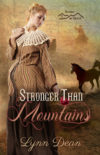
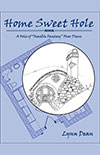

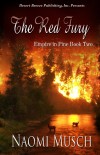
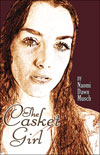
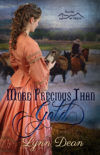


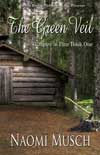




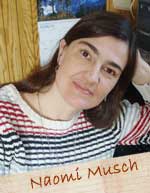

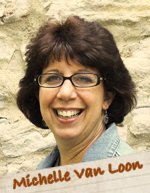
Speak Your Mind
You must be logged in to post a comment.